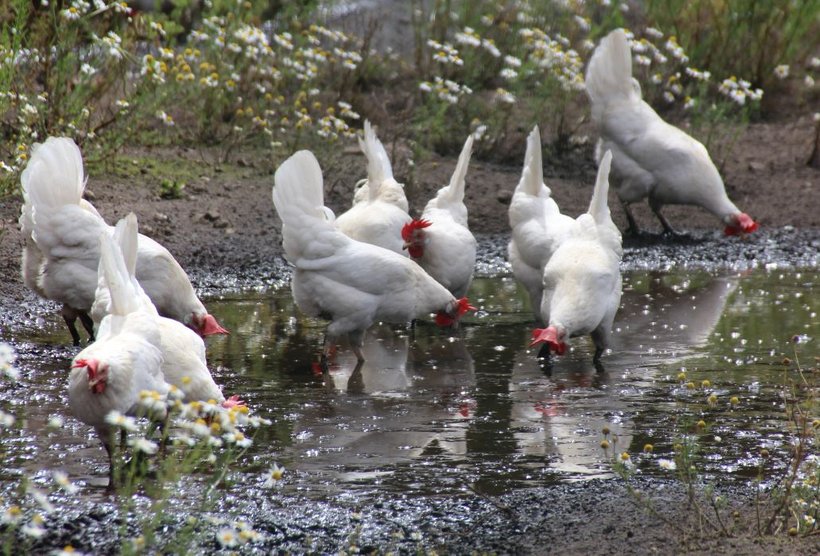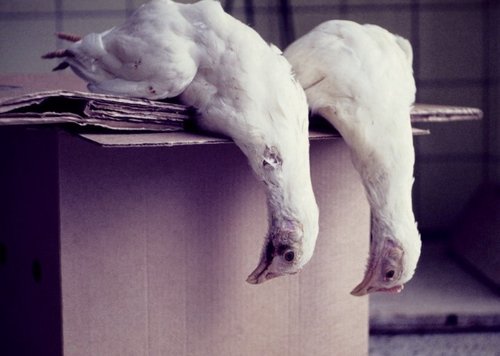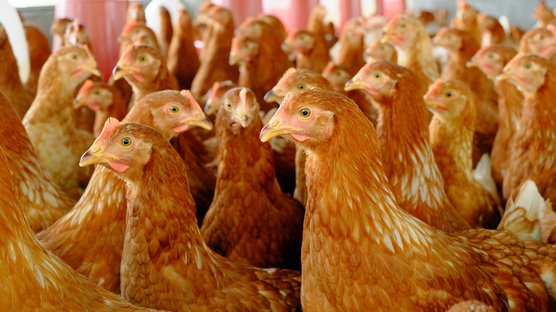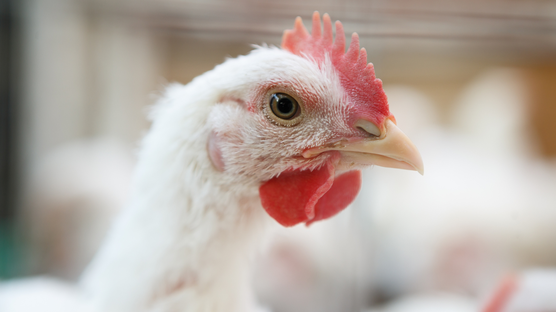
Published on May 10, 2021
Botulism
Clostridium botulinum is a strictly anaerobic, spore-forming gram-positive bacterium. Botulism (Limberneck) outbreaks in poultry and waterfowl occur worldwide and are predominantly caused by ingestion of exotoxin from Clostridium botulinum type C. The exotoxin is produced when the bacteria is growing and multiplying. For that, it needs substrate (carcasses), anaerobic circumstances (wetlands; rotten vegetation in low water level ponds) and high ambient temperatures (summer and fall).
Birds can ingest the exotoxin directly from decaying organic matter, or indirectly by eating fly larvae (maggots), fed on carcasses that have died from botulism. Botulism is also associated with the caecal colonization of C. botulinum and in situ production of the exotoxin. Botulism kills high numbers of migratory birds, but it goes without saying that free range production can make this an emerging disease in poultry.
Clinical signs
Leg weakness and paresis that progresses to flaccid paralysis of legs, wings, neck, and eyelids are characteristic clinical signs. Death results from cardiac and respiratory failure.

Live chickens! Necks are paralyzed.
Diagnosis
See clinical signs. Post-mortem does not give extra information except to exclude other possible reasons for paresis and paralysis. The diagnose is confirmed by detecting the exotoxin in serum, crop, gastrointestinal content, or liver from sick or very freshly dead birds.
Treatment and control
Prompt disposal of dead birds, culling of sick birds, removal of contaminated litter, thorough disinfection, and fly control to reduce the risk of toxic maggots in the environment, are all important in prevention and control of botulism. Disinfection of the area around the poultry house may also help to reduce the number of spores. Antibiotic treatment can work when the botulism is associated with C. botulinum growth in the caeca. Of course, you should try to find and eliminate the exotoxin source, but, unfortunately, in commercial poultry, the source of intoxication is often not found.
References
- Martine Boulianne and Francisco A. Uzal. Diseases of Poultry, 14th Edition.
- Tahseen Abdul-Aziz. Merck Veterinary Manual Aug 2019.



